Hay Baler
WhatsApp Order
A hay baler is a piece of agricultural machinery designed to compress cut hay or straw into compact, manageable bales for storage, transportation, and livestock feed. These machines typically gather loose hay, compress it into a tight bundle, and then tie it with twine or wire to maintain its shape. Hay balers come in various sizes and configurations, from small, manually operated units to large, tractor-pulled or self-propelled models capable of handling significant volumes of hay.
SKU:
AHS23945
Category: Agricultural Processing Machinery
Description
Hay Baler Uses
- Hay Preservation: The primary purpose of a hay baler is to preserve hay for future use. By compacting loose hay into tightly bound bales, it reduces the surface area exposed to air, slowing down the process of decay and preserving the nutritional content of the forage.
- Livestock Feed: Baled hay serves as a crucial source of nutrition for livestock, including cattle, horses, sheep, and goats. Baling hay enables farmers to store large quantities of forage efficiently, ensuring a readily available food source for their animals, particularly during seasons when fresh pasture is scarce.
- Ease of Handling: Baling hay simplifies the handling and transportation process. Instead of dealing with loose, cumbersome piles of hay, farmers can move compact bales easily using machinery such as forklifts, loaders, or bale wagons. This makes storage, loading onto trucks or trailers, and distribution to feeding areas much more efficient.
- Storage Efficiency: Baled hay takes up less space compared to loose hay, allowing farmers to store larger quantities in barns, sheds, or outdoor stacks. Additionally, bales can be stacked neatly, maximizing storage capacity and reducing the risk of spoilage due to exposure to moisture and pests.
- Market Sale: Farmers often bale surplus hay for sale to other livestock owners, feed stores, or agricultural cooperatives. Baled hay offers a convenient and marketable product that can be transported and sold to customers beyond the immediate area, providing an additional source of income for farmers.
- Forage Conservation: In addition to hay, balers can also be used to bale other forages such as straw or alfalfa. These bales serve various purposes, including bedding for livestock, erosion control, or as a feed supplement for certain animals.
Reviews (0)
Be the first to review “Hay Baler” Cancel reply
Related products
Feed Mixer
A feed mixer is a machine designed to combine various ingredients used in animal feed production, such as grains, supplements, and additives, to create a homogenous mixture. It ensures uniform distribution of nutrients throughout the feed, promoting balanced nutrition for livestock. These mixers come in various sizes and configurations, ranging from small-scale units suitable for hobby farms to large industrial systems for commercial operations.
Hammer Mill
A hammer mill is a machine used in various industries to shred or crush materials into smaller pieces by repeatedly pounding them with rapidly rotating hammers. It is commonly used in agricultural, mining, and waste management applications to process raw materials or waste into smaller, more manageable forms for further processing or disposal.
Maize Sheller
A maize sheller is a mechanical device designed to remove the kernels of maize (also known as corn) from the cob efficiently. It typically consists of a cylindrical chamber with ridges or protrusions inside that help to separate the kernels from the cob as it passes through. The sheller may be operated manually, using hand-cranking or foot-pedaling, or it may be powered by electricity or an internal combustion engine for larger-scale operations. The primary function of a maize sheller is to streamline the process of maize harvesting by automating the task of separating kernels from the cob, thus increasing efficiency and productivity in agricultural settings.
Milking Machine
A milking machine is a mechanical device designed to extract milk from the udders of dairy animals such as cows, goats, and sheep. It typically consists of a vacuum pump, pulsator, vacuum lines, and milking units which attach to the animal's teats. The machine mimics the sucking action of a nursing calf or kid, gently massaging the udder to stimulate milk let-down while efficiently collecting the milk into a storage container.
Pellet Machine
A pellet machine, also known as a pellet mill or pelletizer, is a mechanical device designed to compress various biomass materials into uniform cylindrical pellets. These pellets are typically used as a renewable fuel source for heating or cooking purposes, or as feed for animals in the agricultural industry. The machine applies pressure and heat to the raw materials, forcing them through a die with small holes to form compacted pellets of consistent size and density.
Planter
A planter is a container, typically made of various materials such as clay, ceramic, plastic, or wood, designed to hold soil or growing medium for the purpose of cultivating plants. It is commonly used for gardening and landscaping, allowing individuals to grow flowers, herbs, vegetables, or other vegetation in a controlled environment, often placed indoors or outdoors depending on the needs of the plants and the preferences of the gardener. Additionally, planters can vary in size, shape, and design, offering versatility and aesthetic appeal to enhance the beauty of gardens, patios, balconies, and indoor spaces.
Rice Grader
A Rice grader is a machine used in rice processing facilities to sort and classify rice grains according to their size, shape, and quality. This machine employs various mechanisms such as sieves, screens, and air blowers to separate broken grains, foreign particles, and different grades of rice based on predetermined criteria. The primary purpose of a Rice grader is to ensure uniformity and consistency in the quality of rice products, meeting market standards and customer preferences.
Rice Mill
A rice mill is an industrial facility designed for the processing of rice grains to produce various products such as refined rice for consumption, rice flour, rice bran, and other by-products. It involves a series of steps including cleaning, husking, polishing, sorting, and packaging, aimed at transforming raw rice into marketable products ready for distribution and consumption.


 Acrylic Sealants
Acrylic Sealants Adhesive Application Tools
Adhesive Application Tools Construction Adhesives
Construction Adhesives Double-Sided Tape
Double-Sided Tape Masking Tape
Masking Tape Epoxy & Resins
Epoxy & Resins Duct Tape
Duct Tape Electrical Tape
Electrical Tape
 Auto Body Repair Tools
Auto Body Repair Tools Automotive Wrenches & Socket Sets
Automotive Wrenches & Socket Sets Battery Chargers & Jump Starters
Battery Chargers & Jump Starters Car Jacks & Stands
Car Jacks & Stands Car Wash & Detailing Products
Car Wash & Detailing Products Diagnostic Tools
Diagnostic Tools Tire Inflators & Wheel Tools
Tire Inflators & Wheel Tools Oil & Lubricants
Oil & Lubricants Vehicle Lighting
Vehicle Lighting Suspension Tools
Suspension Tools Vehicle Maintenance Tools
Vehicle Maintenance Tools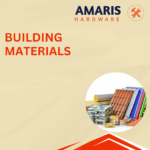
 Adhesives & Sealants
Adhesives & Sealants Bricks & Blocks
Bricks & Blocks Cement & Concrete
Cement & Concrete Drywall & Plaster
Drywall & Plaster Insulation Materials
Insulation Materials Roofing Materials
Roofing Materials Paints, Primers & Coatings
Paints, Primers & Coatings Marking & Layout Tools
Marking & Layout Tools Quarry Machinery
Quarry Machinery
 Electric Motors
Electric Motors Electrical Boxes & Panels
Electrical Boxes & Panels Electrical Cables & Wires
Electrical Cables & Wires Extension Cords & Power Strips
Extension Cords & Power Strips Fuses & Relays
Fuses & Relays Lighting Fixtures & Bulbs
Lighting Fixtures & Bulbs Conduit & Fittings
Conduit & Fittings Cable Management
Cable Management Measuring & Test Equipment
Measuring & Test Equipment Circuit Breakers
Circuit Breakers Connectors & Terminals
Connectors & Terminals Switches & Sockets
Switches & Sockets
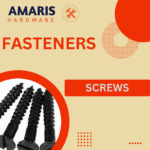 Screws
Screws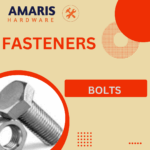 Bolts
Bolts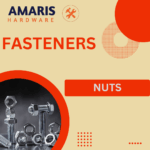 Nuts
Nuts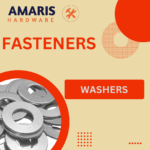 Washers
Washers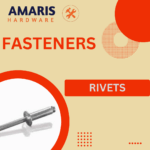 Rivets & Riveter
Rivets & Riveter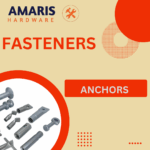 Anchors
Anchors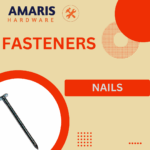 Nails
Nails Threaded Rods
Threaded Rods Clips & Clamps
Clips & Clamps
 Garden Fencing
Garden Fencing Garden Furniture Hardware
Garden Furniture Hardware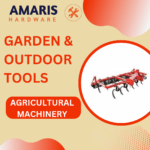 Agricultural Machinery
Agricultural Machinery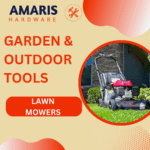 Lawn Mowers
Lawn Mowers Trimmers & Edgers
Trimmers & Edgers Shovels & Spades
Shovels & Spades Rakes & Hoes
Rakes & Hoes Pruning Shears & Loppers
Pruning Shears & Loppers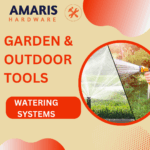 Watering Systems
Watering Systems Digging Equipment
Digging Equipment Pond Equipment
Pond Equipment
 Generator Accessories
Generator Accessories Inverters
Inverters Diesel & Gasoline Generators
Diesel & Gasoline Generators Power Inverters
Power Inverters Transfer Switches
Transfer Switches Portable Generators
Portable Generators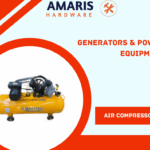 Air Compressor
Air Compressor Pressure Washers
Pressure Washers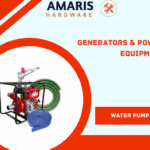 Water Pumps
Water Pumps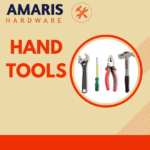
 Fastening Tools
Fastening Tools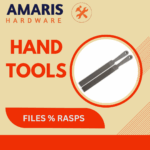 Files & Rasps
Files & Rasps Glass working Tools
Glass working Tools Hammers
Hammers Hand Tool Accessories
Hand Tool Accessories Screwdrivers
Screwdrivers Wrenches & Spanners
Wrenches & Spanners Pliers & Cutters
Pliers & Cutters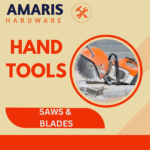 Saws & Blades
Saws & Blades Measuring Tools
Measuring Tools Chisels & Punches
Chisels & Punches Allen Keys & Hex Keys
Allen Keys & Hex Keys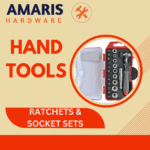 Ratchets & Socket Sets
Ratchets & Socket Sets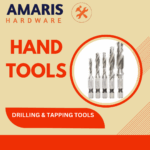 Drilling & Tapping Tools
Drilling & Tapping Tools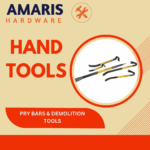 Pry Bars & Demolition Tools
Pry Bars & Demolition Tools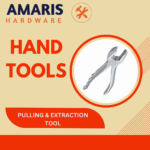 Pulling & Extraction Tools
Pulling & Extraction Tools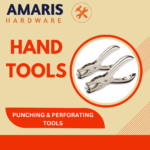 Punching & Perforating Tools
Punching & Perforating Tools Scrapers & Abrasive Tools
Scrapers & Abrasive Tools Utility Knives
Utility Knives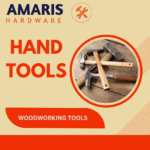 Woodworking Tools
Woodworking Tools Clamps & Vises
Clamps & Vises
 Hinges & Latches
Hinges & Latches Hooks & Brackets
Hooks & Brackets Door Handles & Locks
Door Handles & Locks Drawer Slides & Cabinet Hardware
Drawer Slides & Cabinet Hardware Window Hardware
Window Hardware Chains & Cables
Chains & Cables Casters & Wheels
Casters & Wheels Shelving & Storage Systems
Shelving & Storage Systems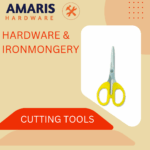 Cutting Tools
Cutting Tools
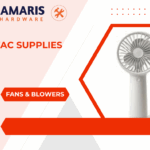 Fans & Blowers
Fans & Blowers HVAC Filters
HVAC Filters Insulation for HVAC
Insulation for HVAC Air Conditioners
Air Conditioners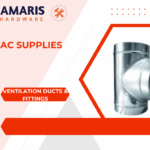 Ventilation Ducts & Fittings
Ventilation Ducts & Fittings Thermostats & Controllers
Thermostats & Controllers Refrigerants
Refrigerants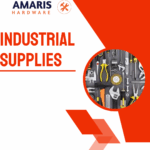
 Food Processing Machinery
Food Processing Machinery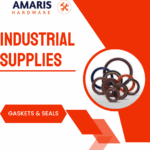 Gaskets & Seals
Gaskets & Seals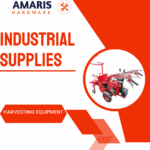 Harvesting Equipment
Harvesting Equipment Hydraulic Fittings
Hydraulic Fittings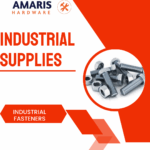 Industrial Fasteners
Industrial Fasteners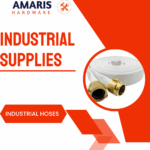 Industrial Hoses
Industrial Hoses Bearings & Bushings
Bearings & Bushings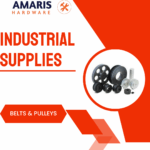 Belts & Pulleys
Belts & Pulleys Lubricants & Greases
Lubricants & Greases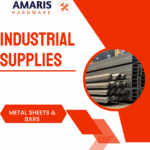 Metal Sheets & Bars
Metal Sheets & Bars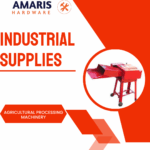 Agricultural Processing Machinery
Agricultural Processing Machinery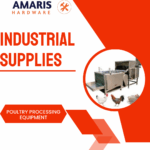 Poultry Processing Equipment
Poultry Processing Equipment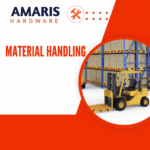
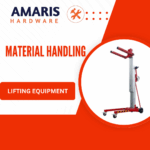 Lifting Equipment
Lifting Equipment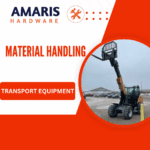 Transport Equipment
Transport Equipment Storage Solutions
Storage Solutions Conveyors and Accessories
Conveyors and Accessories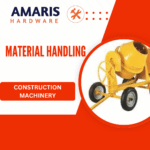 Construction Machinery
Construction Machinery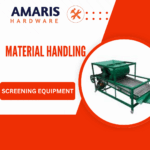 Screening Equipment
Screening Equipment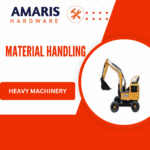 Heavy Machinery
Heavy Machinery
 Paint Brushes & Rollers
Paint Brushes & Rollers Paint Sprayers & Accessories
Paint Sprayers & Accessories Paint Strippers & Thinners
Paint Strippers & Thinners Paint Trays & Accessories
Paint Trays & Accessories Primers & Undercoats
Primers & Undercoats Interior Paints
Interior Paints Exterior Paints
Exterior Paints Varnishes & Stains
Varnishes & Stains Spray Paints
Spray Paints
 Pipes & Fittings
Pipes & Fittings Plumbing Tools
Plumbing Tools Pumps & Motors
Pumps & Motors Valves & Taps
Valves & Taps Faucets & Fixtures
Faucets & Fixtures Hoses & Tubing
Hoses & Tubing Water Heaters
Water Heaters Drainage Systems
Drainage Systems Sealants & Adhesives for Plumbing
Sealants & Adhesives for Plumbing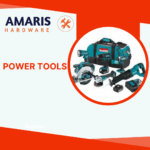
 Nail Guns
Nail Guns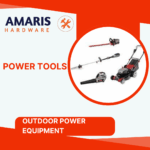 Outdoor Power Equipment
Outdoor Power Equipment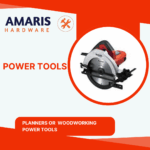 Planers or Woodworking Power Tools
Planers or Woodworking Power Tools Pneumatic Tool
Pneumatic Tool Power Tool Accessories
Power Tool Accessories Drills & Drivers
Drills & Drivers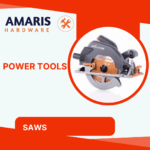 Saws
Saws Grinders & Sanders
Grinders & Sanders Heat Guns
Heat Guns Impact Wrenches
Impact Wrenches Batteries & Chargers
Batteries & Chargers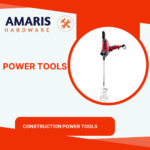 Construction Power Tools
Construction Power Tools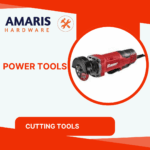 Cutting Tools
Cutting Tools Demolition & Breaking Tools
Demolition & Breaking Tools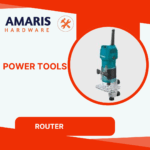 Router
Router Woodworking Machinery
Woodworking Machinery
 Safes
Safes Security Cameras
Security Cameras Personal Protective Equipment (PPE)
Personal Protective Equipment (PPE) Fire Safety Equipment
Fire Safety Equipment Locks & Padlocks
Locks & Padlocks Motion Sensors & Alarms
Motion Sensors & Alarms
 Shelving Units
Shelving Units Storage Bins & Containers
Storage Bins & Containers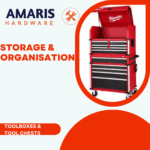 Toolboxes & Tool Chests
Toolboxes & Tool Chests Pegboards & Hooks
Pegboards & Hooks Workbenches
Workbenches Drawer Organizers
Drawer Organizers Labeling Supplies
Labeling Supplies
 Flux & Solder Wire
Flux & Solder Wire Soldering Irons & Stations
Soldering Irons & Stations Welding Accessories
Welding Accessories Welding Electrodes & Rods
Welding Electrodes & Rods Welding Helmets & Gloves
Welding Helmets & Gloves Welding Machines
Welding Machines Welding Safety Equipment
Welding Safety Equipment Gas Equipment – Regulators & Gauges
Gas Equipment – Regulators & Gauges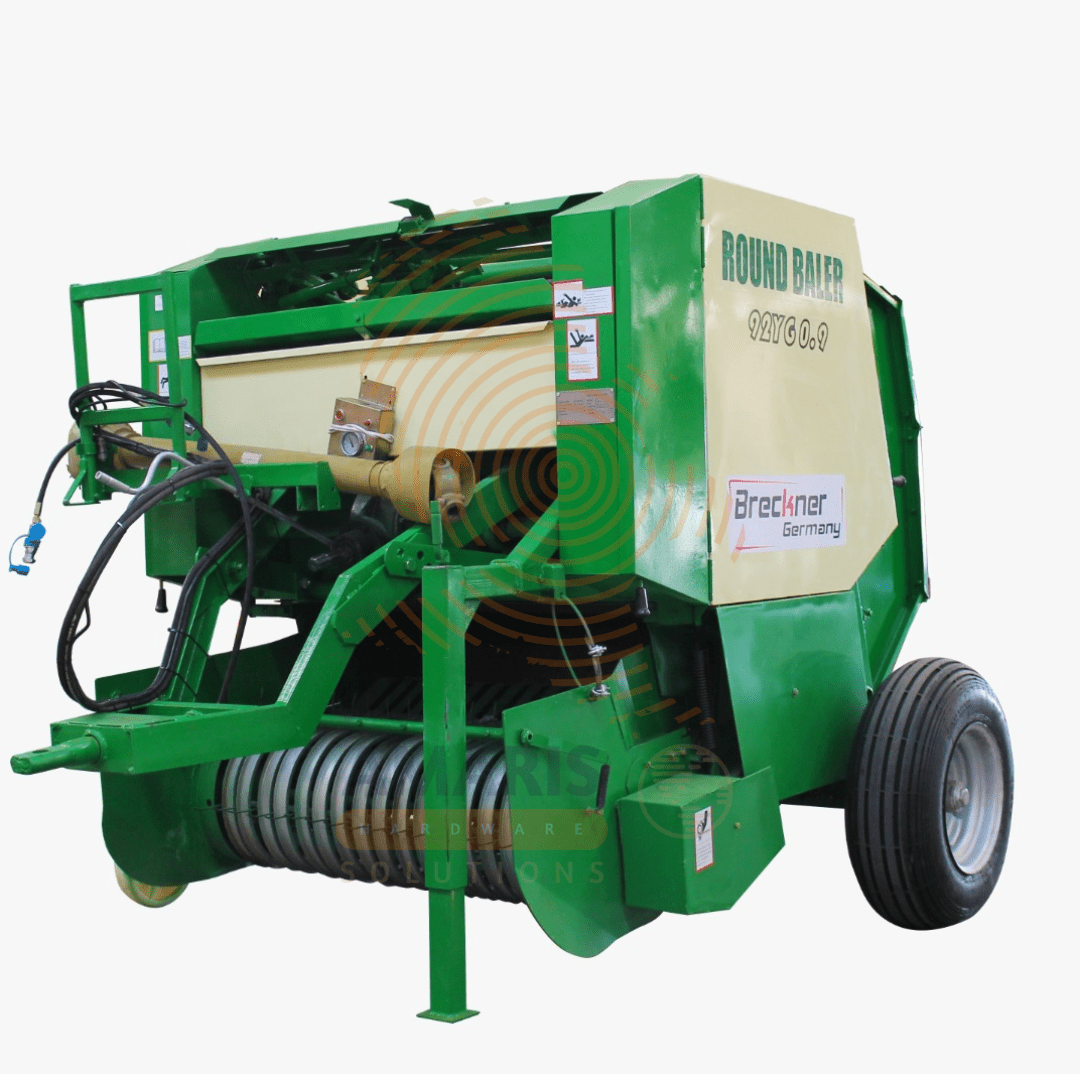
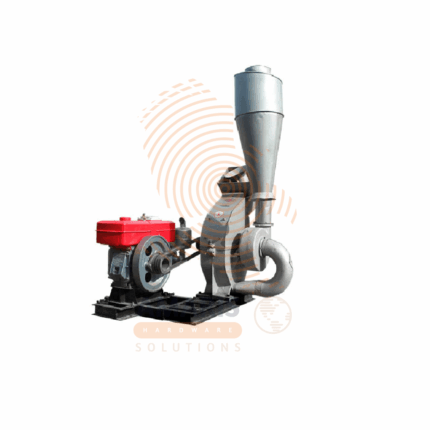
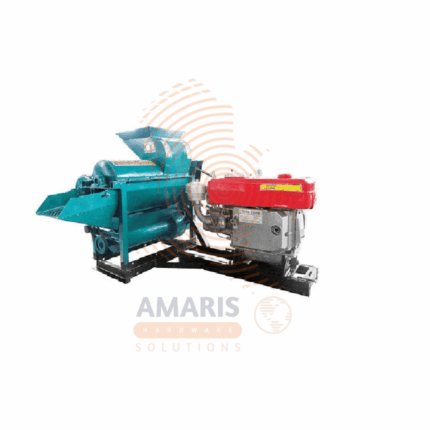

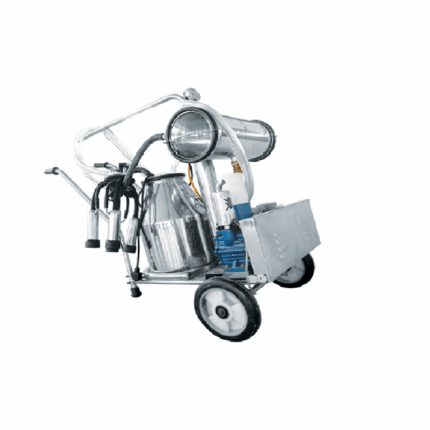



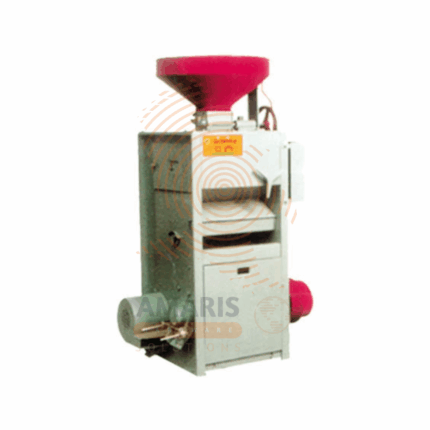
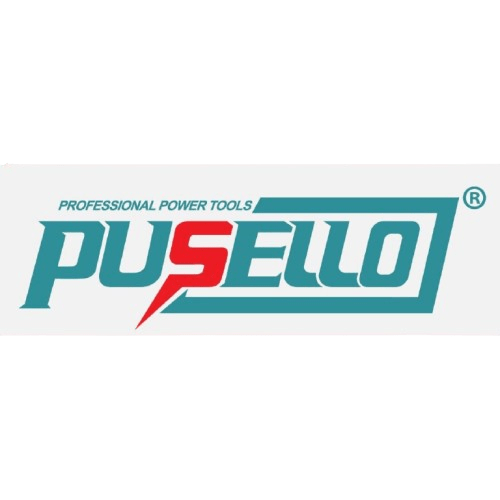
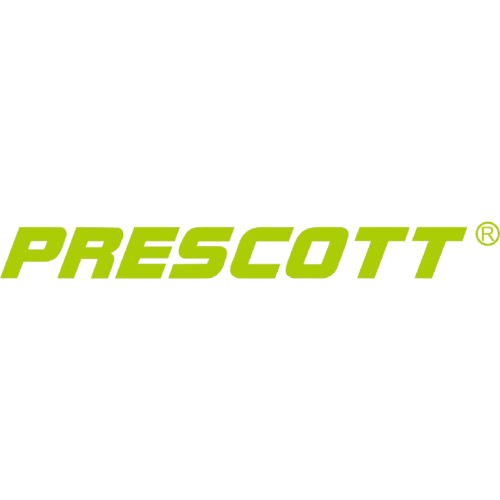

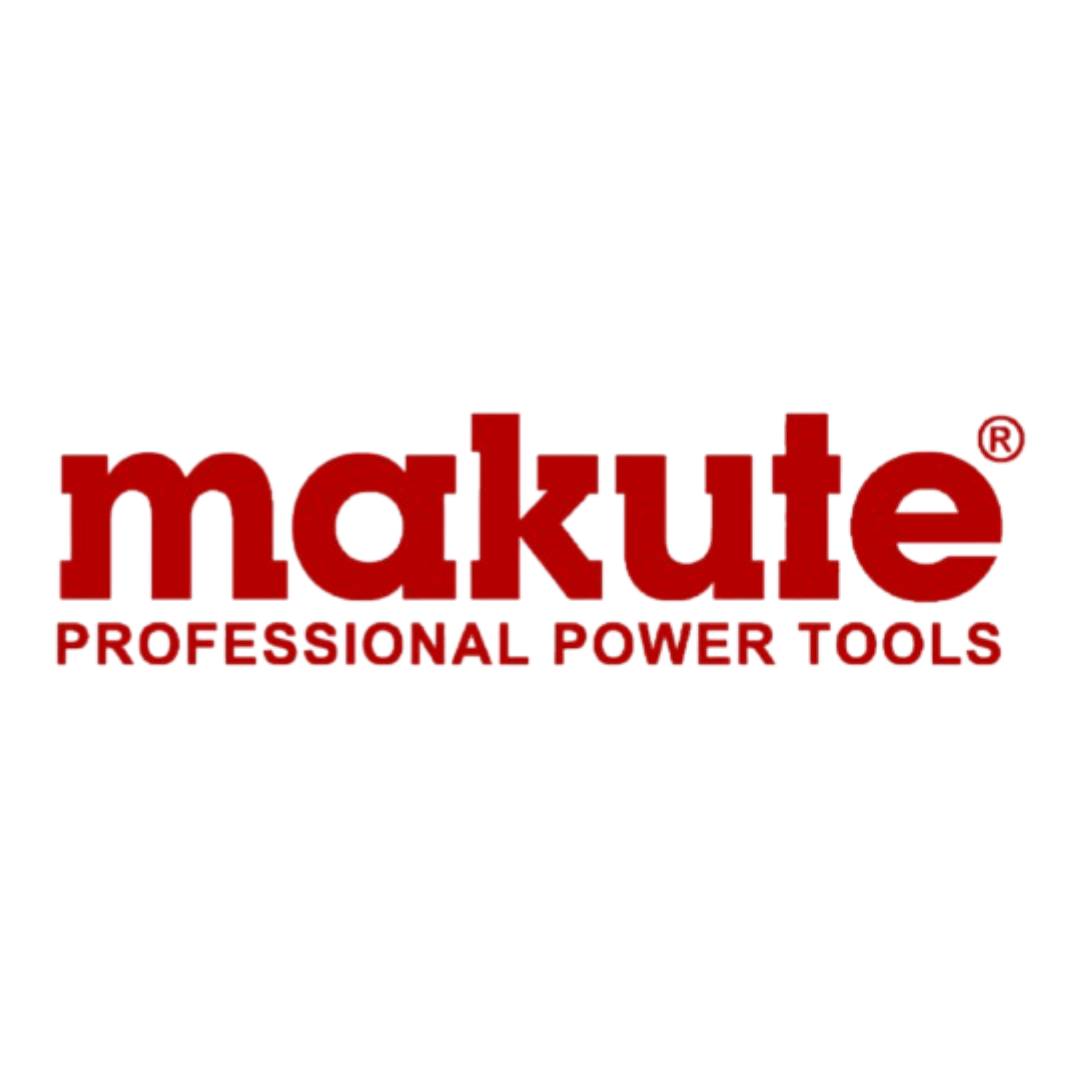

Reviews
There are no reviews yet.